25 Must-Know Secrets To Cooking Eggs To Perfection

Discover the art of cooking eggs with these 25 essential secrets. From mastering the perfect scramble to achieving flawless poached eggs, these tips will elevate your egg-cooking skills. Whether you prefer them boiled, baked, or fried, understanding these techniques can transform your breakfast experience. Eggs are versatile, nutritious, and a staple in many diets, making it crucial to know the best ways to cook them for different dishes. Let’s explore these must-know secrets and enhance your culinary prowess in cooking eggs to perfection.
1. Use Fresh Eggs for Poaching
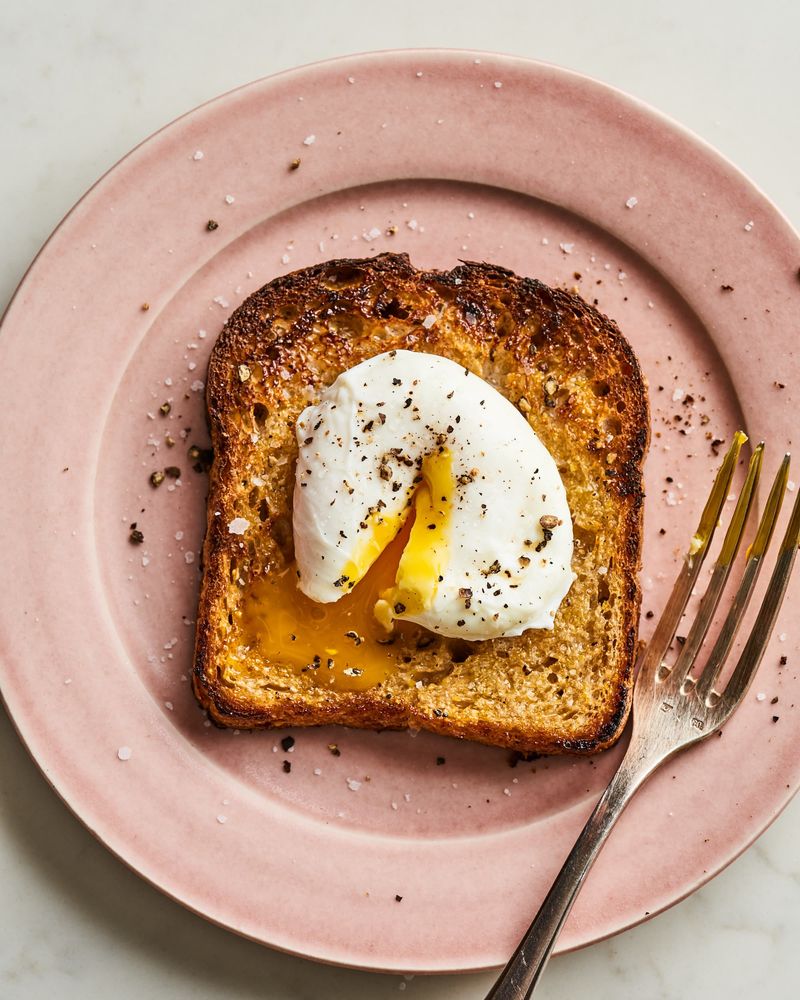
The art of poaching eggs relies heavily on the freshness of the eggs themselves. As eggs age, the whites become thinner and tend to spread when cracked into hot water, leading to a messier poach. Fresh eggs, however, have firmer whites that hold together beautifully, resulting in a neat, compact shape. This makes for a visually appealing dish. To test for freshness, simply place an egg in a bowl of water; if it sinks and lays flat, it’s fresh. Embrace the difference fresh eggs make when poaching.
2. Scramble on Low Heat
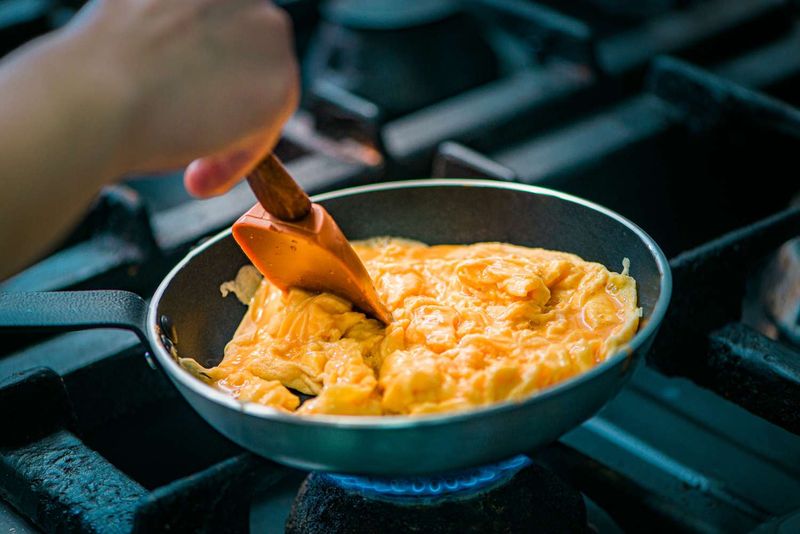
Creamy scrambled eggs are a breakfast favorite, but achieving the right texture requires patience. Cooking them on low heat allows the proteins to cook evenly, preventing the eggs from becoming rubbery. Stirring constantly helps distribute the heat, ensuring a uniform creaminess throughout. High heat, on the other hand, can cause the eggs to cook too quickly, resulting in an unpleasant texture. By controlling the heat, you can achieve perfectly creamy eggs every time. Remember, patience and gentle heat are key to delicious scrambled eggs.
3. Crack Eggs on a Flat Surface, Not the Bowl
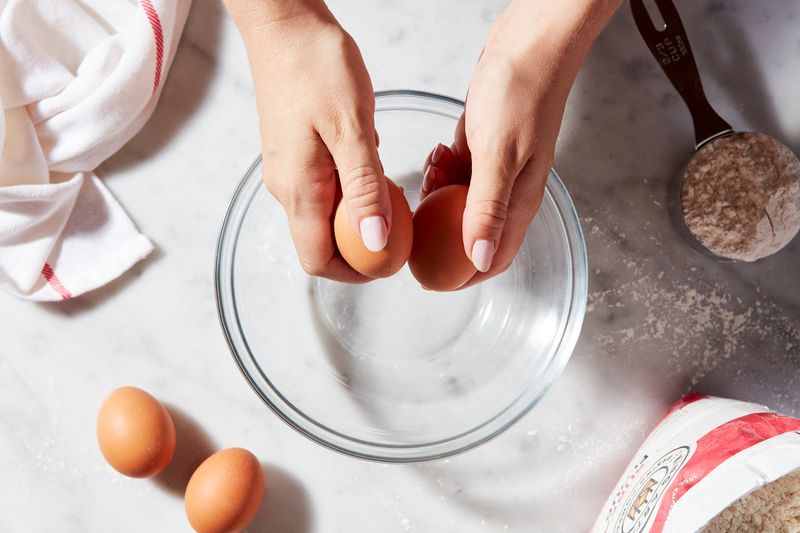
Avoiding egg shells in your dish starts with the right cracking technique. Instead of cracking eggs on the edge of a bowl, which can push fragments inward, crack them on a flat surface. This method reduces the risk of breaking the yolk and keeps the shell intact. It’s a simple change with a big impact. Flat surface cracking also allows for better control and cleaner breaks. Practice this technique to ensure your dishes remain shell-free, enhancing both the texture and taste of your egg-based creations.
4. Salt Scrambled Eggs at the End
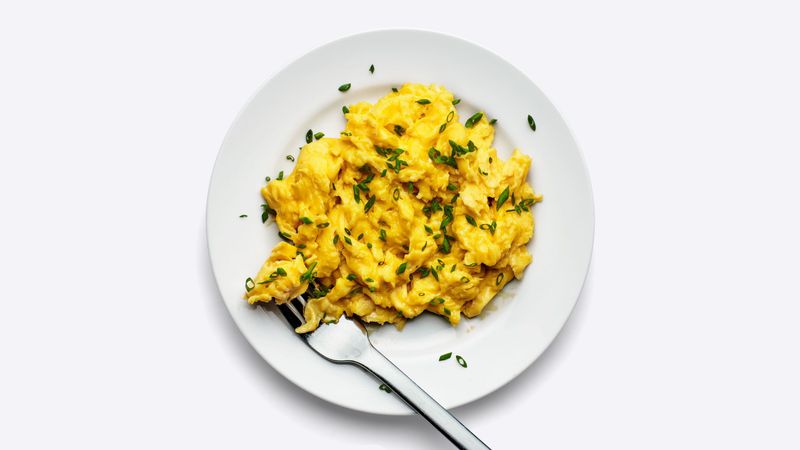
Salting scrambled eggs too early can draw out moisture, making them watery. To retain their creamy texture, add salt just before serving. This not only preserves the eggs’ consistency but also enhances their natural flavor. Late salting allows the eggs to cook without interference, resulting in a more satisfying dish. Experiment with different salts for unique flavor profiles. The timing of seasoning can dramatically change the outcome of your scrambled eggs, turning a simple dish into a gourmet experience.
5. Whisk Thoroughly for Airy Eggs
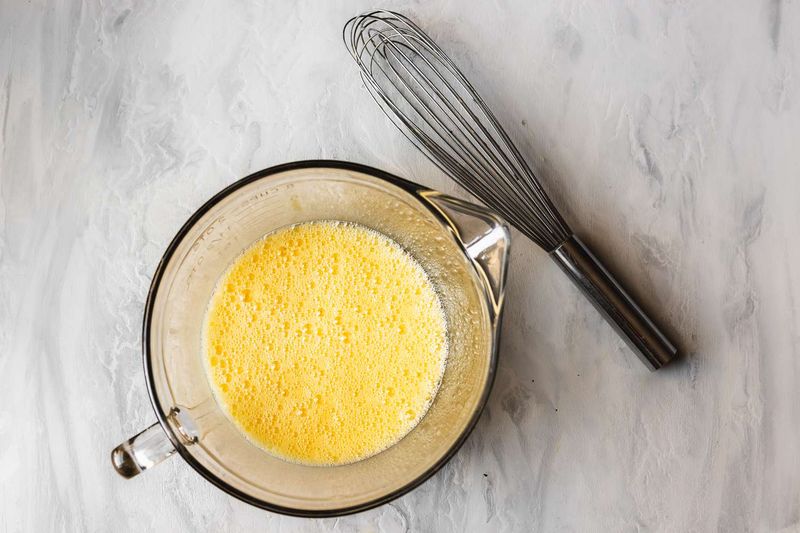
For eggs as light as a cloud, whisking is key. The more air you incorporate, the fluffier your eggs will be. This is especially important for dishes like scrambles and omelets. Use a brisk, circular motion to infuse the eggs with air, transforming them into a soft, airy mixture. Whisking also ensures that the yolks and whites are well blended, offering a consistent texture and flavor. The effort you invest in whisking pays off with irresistibly fluffy and tender eggs, perfect for a delightful meal.
6. Add a Splash of Milk or Cream to Scrambled Eggs
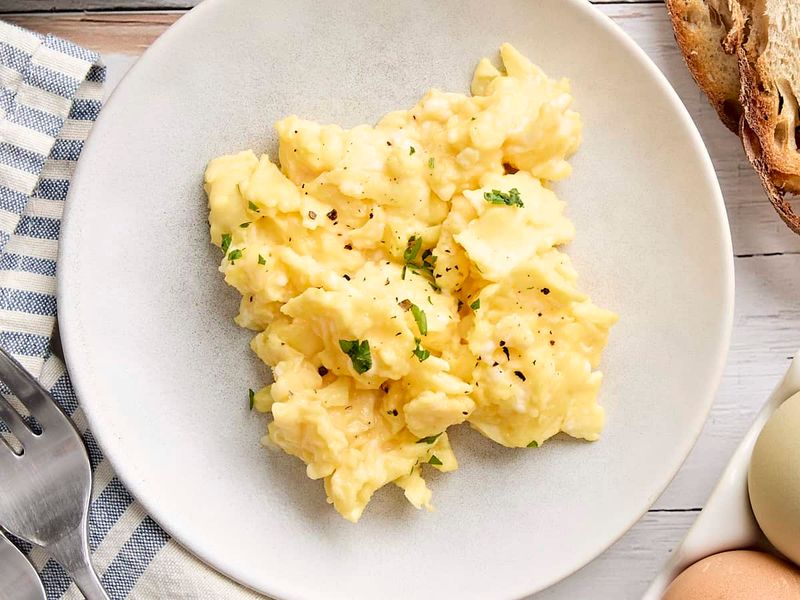
Enhance your scrambled eggs with a splash of milk or cream. This addition introduces a rich creaminess that elevates the dish beyond the ordinary. However, moderation is crucial, as too much liquid can make the eggs runny. The milk or cream softens the texture, giving the eggs a luxurious mouthfeel. This technique is favored by chefs for its ability to balance flavors and textures perfectly. Experiment with different dairy types to find your ideal scrambled egg consistency, and enjoy a richer breakfast experience.
7. Use a Nonstick Pan for Easy Egg Dishes
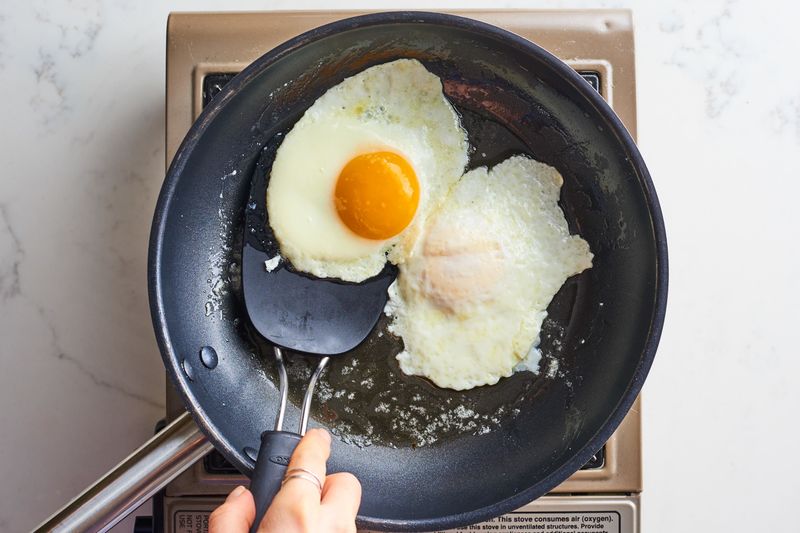
Cooking eggs can be a breeze with the right equipment, and a nonstick pan is indispensable for hassle-free egg dishes. Whether you’re making an omelet or scrambled eggs, the nonstick surface ensures that your eggs release easily, preserving their shape and texture. This also simplifies cleaning, making your cooking experience more enjoyable. Investing in a good nonstick pan transforms the way you cook eggs, preventing sticking and unnecessary frustration. Explore the wonders of nonstick cookware for flawless egg creations.
8. Butter Over Oil for Flavor
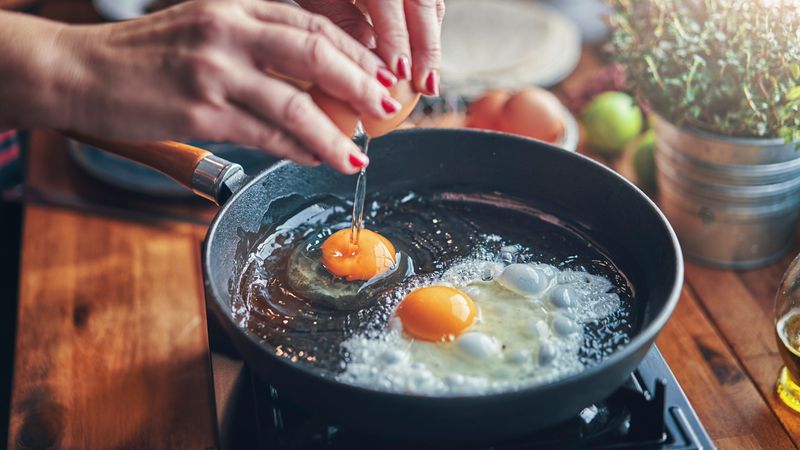
When it comes to flavor, butter reigns supreme over oil for cooking eggs. Its rich, nutty taste complements the delicate flavor of eggs, adding a layer of indulgence. Butter also contributes to the texture, offering a silky finish that oil can’t replicate. As it melts, butter releases a tempting aroma that signals comfort and homeliness. While oil provides a neutral base, butter elevates the dish, making each bite more satisfying. Choose butter for a truly aromatic and flavorful egg dish that delights the senses.
9. For Boiled Eggs, Start in Cold Water
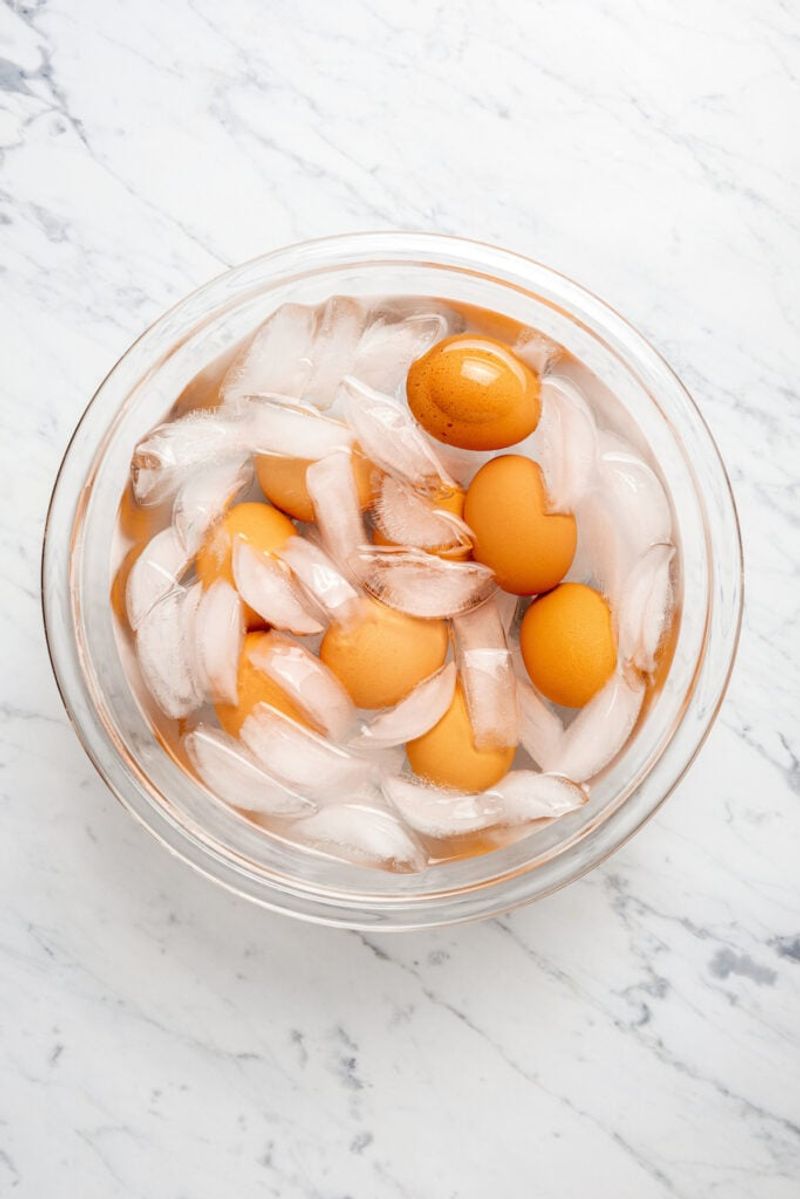
To achieve perfectly boiled eggs, begin with cold water. This approach prevents the shells from cracking due to sudden temperature changes, ensuring a smooth, even cook. Gradually heating the eggs helps them cook uniformly, resulting in a consistent texture and doneness throughout. This method is essential for avoiding overcooked or undercooked spots in your eggs. It’s a simple yet effective technique that contributes to the ideal boiled egg, whether you prefer them soft or hard. Enjoy the reliability of cold-start boiling for your eggs.
10. Shock Boiled Eggs in Ice Water
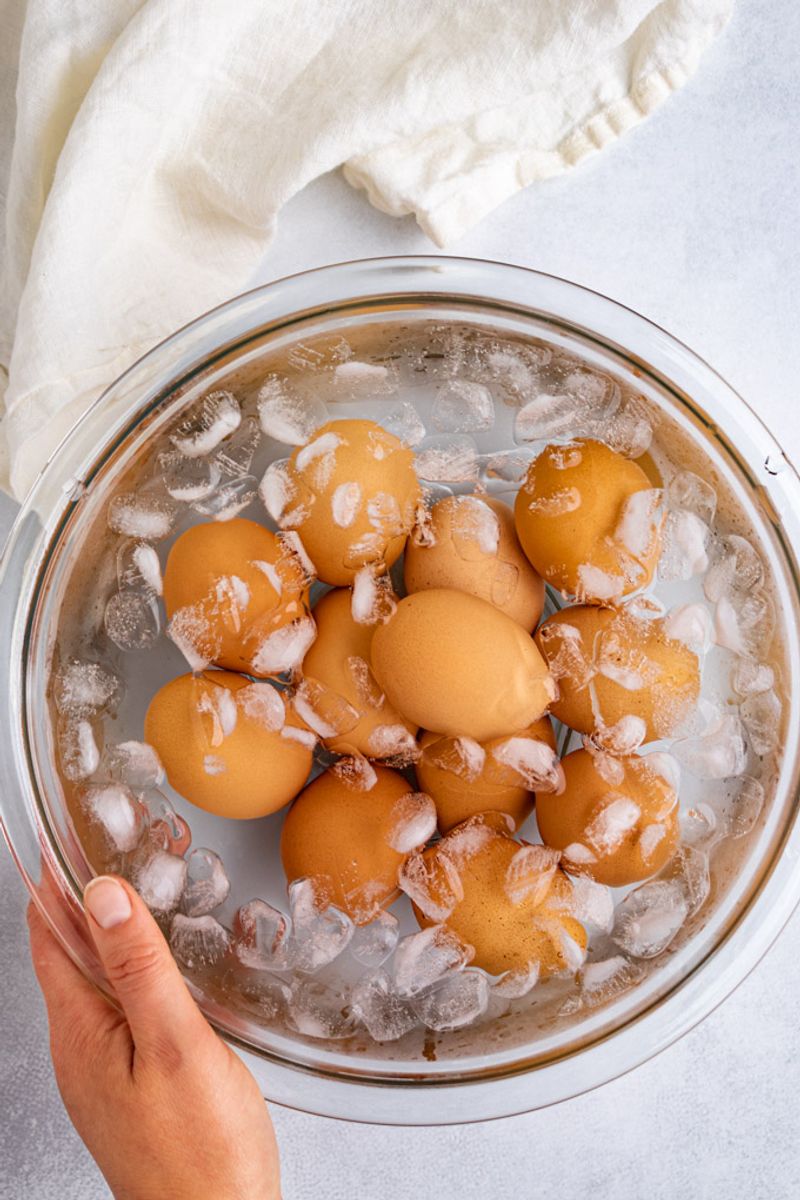
After boiling, quickly plunging eggs into ice water stops the cooking process instantly. This technique prevents overcooking and helps retain a tender texture. Additionally, the rapid cooling causes the egg whites to contract, creating a small gap between the egg and the shell. This makes peeling much easier, leaving you with smooth, beautiful eggs. The ice water bath is also a great way to prepare eggs in advance, keeping them fresh and ready for salads or snacks. Elevate your boiled egg game with this simple cooling trick.
11. Use a Spoon to Peel Boiled Eggs
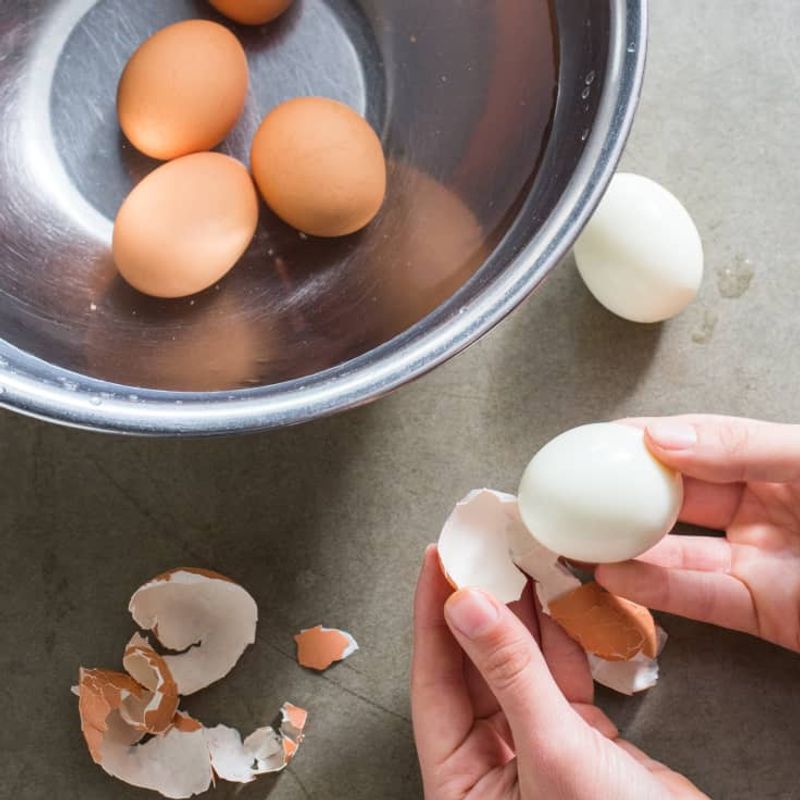
Peeling boiled eggs can be a breeze with the right tool. Using a spoon allows for precision and ease, as it slides under the shell and membrane, freeing the egg with minimal fuss. This technique minimizes breakage and ensures a smooth peel, preserving the egg’s appearance. The spoon’s curved shape fits perfectly between the shell and egg, making it an effective tool for the task. Whether preparing eggs for a salad or snack, this method ensures beautifully peeled eggs every time. Discover the simplicity of spoon-peeling for your boiled eggs.
12. Steam Eggs Instead of Boiling for Easy Peeling
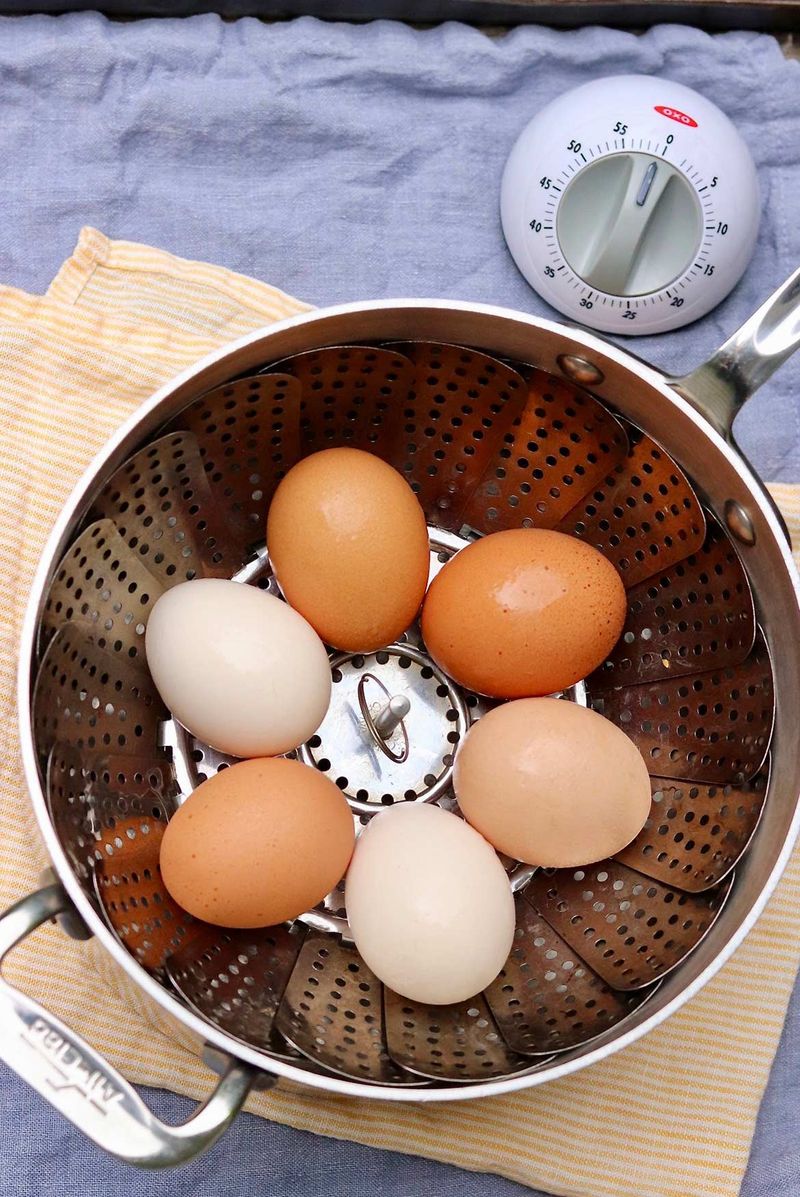
Steaming eggs is a game-changer for easy peeling. The gentle cooking method creates a tender egg white and loosens the bond between the shell and membrane. As a result, the shell slides off with ease, leaving the egg intact and smooth. Steaming also allows for precise control over doneness, whether you prefer soft or hard-boiled eggs. This method simplifies the process, eliminating the frustration of stubborn shells. Elevate your egg-cooking routine with the ease and elegance of steaming, for perfectly peeled eggs every time.
13. Use Vinegar When Poaching Eggs
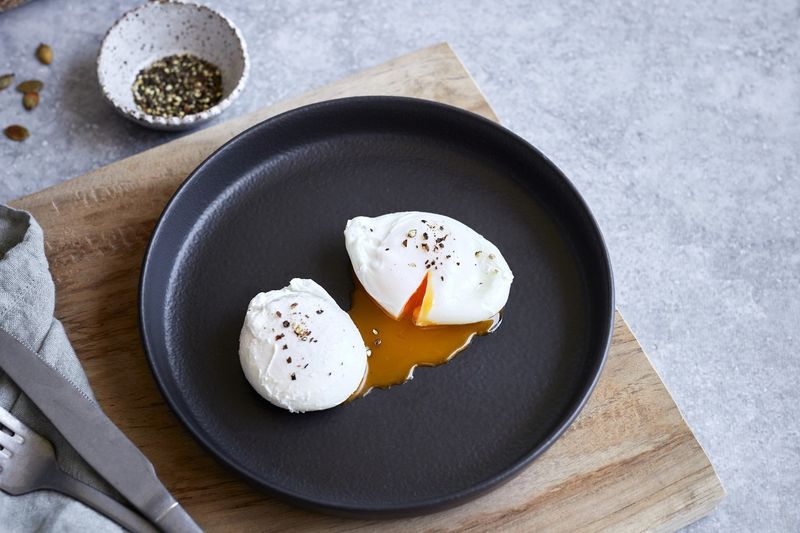
Adding a splash of vinegar to the poaching water can work wonders for achieving perfectly shaped poached eggs. The acid helps the egg whites coagulate quickly, reducing the spread and maintaining a neat appearance. This small adjustment dramatically improves the presentation and texture of poached eggs. While the vinegar flavor dissipates, its impact on the egg’s structure is significant. This technique is a favorite among chefs for its effectiveness in creating consistently beautiful poached eggs. Enhance your poaching skills with the simple addition of vinegar.
14. Spin the Egg to Check Doneness
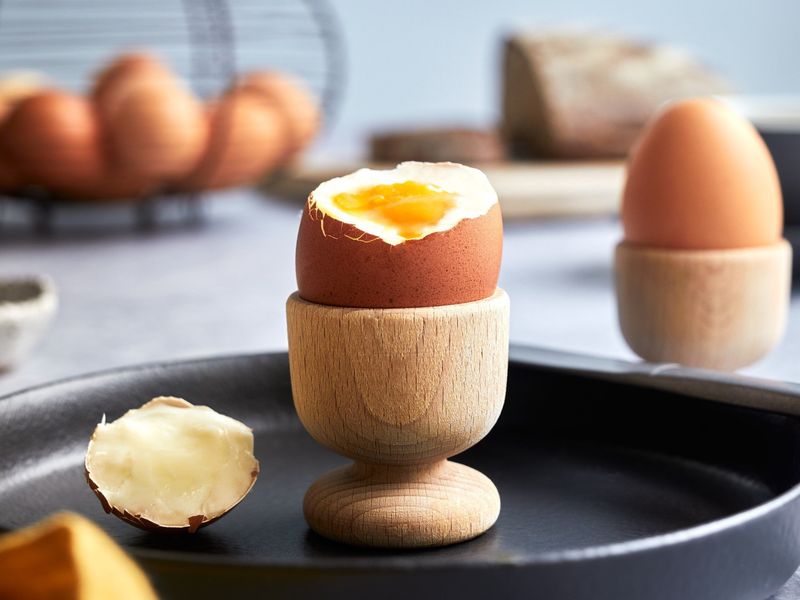
Curious if your boiled egg is done? Try the spin test. A cooked egg spins smoothly and quickly, while an undercooked egg wobbles due to a liquid center. This simple kitchen trick offers an easy way to check doneness without cutting into the egg. By spinning the egg, you gain insight into its consistency and readiness. This method is particularly useful for achieving the perfect hard-boiled egg, where timing is everything. Discover the satisfaction of perfectly cooked eggs with this fun and reliable test.
15. Use Room Temp Eggs for Baking
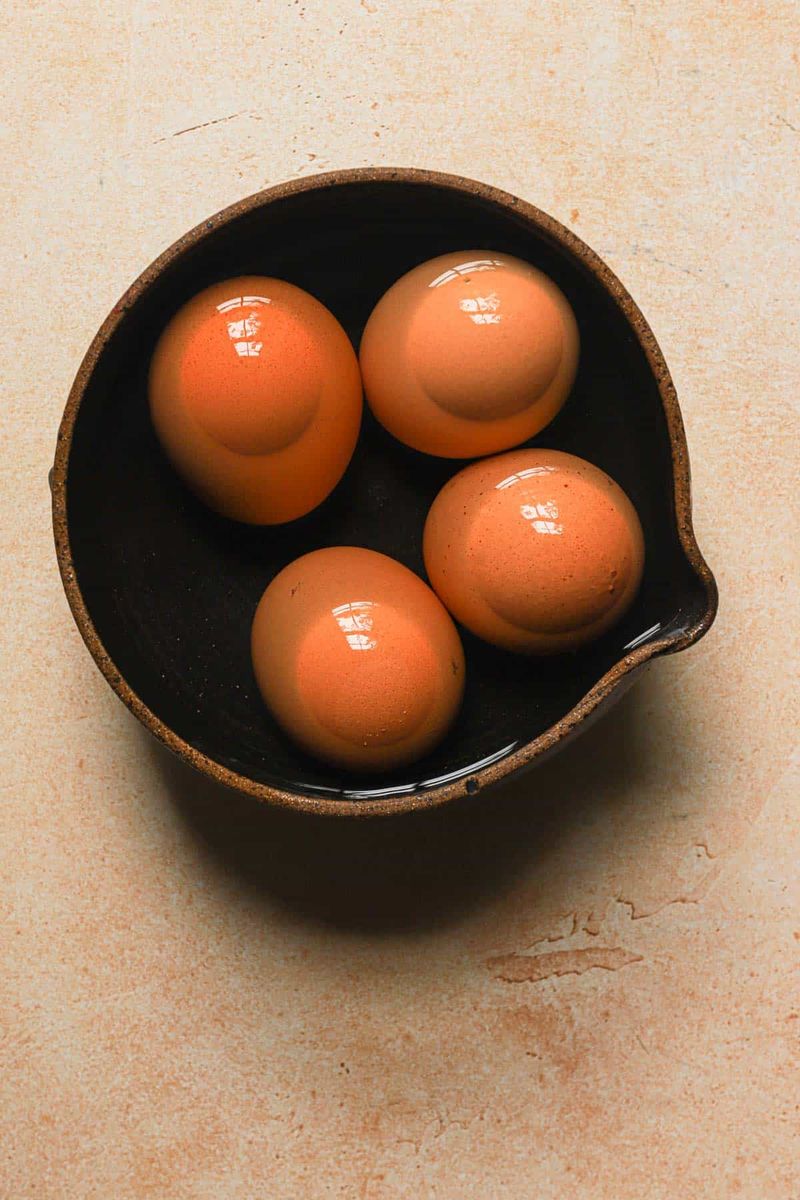
Room temperature eggs mix more thoroughly into batters, leading to better aeration and rise. Cold eggs can cause butter to seize and batter to curdle, affecting the final baked product. Allowing eggs to reach room temperature ensures even mixing, resulting in smoother textures and more consistent baking results. This step is especially crucial for delicate baked goods like cakes and meringues. Simply let eggs sit out for about 30 minutes before using. Experience the difference room temperature eggs make in your baking adventures.
16. Separate Eggs While Cold, Then Bring to Room Temp
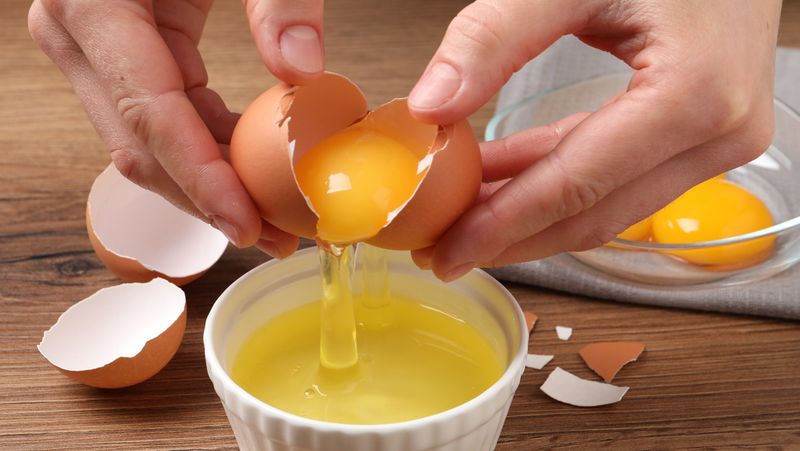
For precision in baking, separate eggs while cold, when the yolks are firmer and easier to handle. Once separated, allow them to reach room temperature before use. This dual-temperature approach maximizes ease and effectiveness, enhancing the texture and volume of baked goods. Cold separation reduces the risk of yolk breakage, while room-temperature mixing improves integration into your recipes. Employ this technique for foolproof baking success, achieving light and airy results. Enjoy the benefits of perfectly handled eggs in your culinary creations.
17. Grease Your Muffin Tin for Baked Eggs
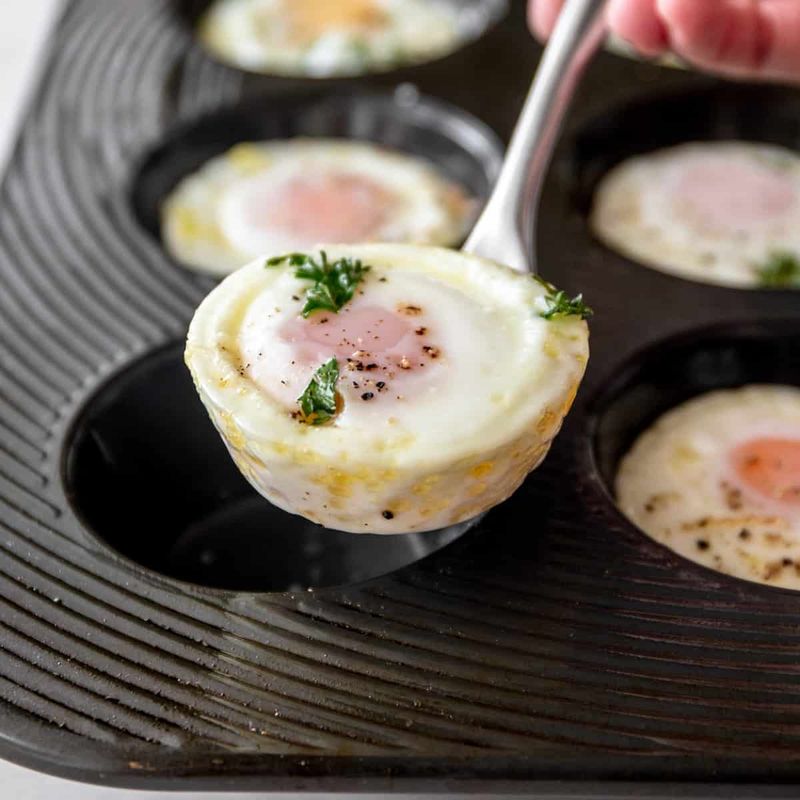
Baked eggs or mini frittatas can be a delightful addition to any meal, and greasing your muffin tin ensures they release effortlessly. A well-oiled tin prevents sticking, preserving the shape and texture of your baked creations. This simple step makes cleanup a breeze and results in beautifully intact dishes. Whether you’re preparing breakfast bites or savory snacks, the right preparation of your tin is key. Enjoy the ease of perfectly baked eggs by greasing your muffin tin, ensuring a flawless finish every time.
18. Preheat the Pan for Sunny-Side-Up Eggs
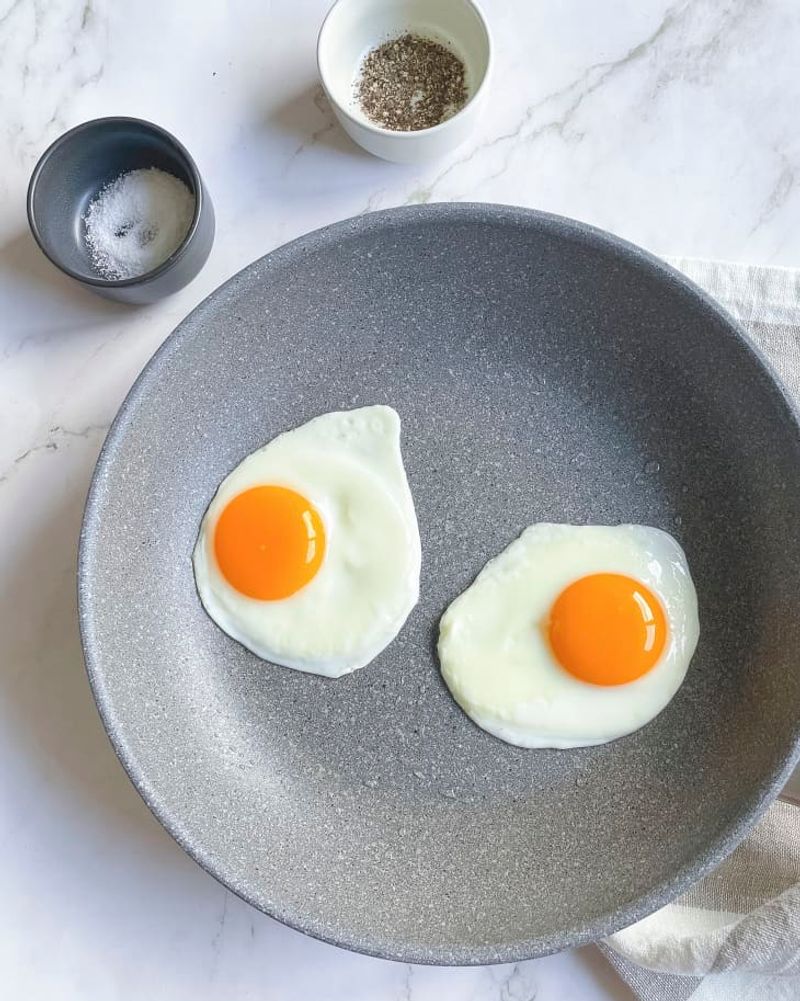
For sunny-side-up eggs with crispy edges and perfectly set whites, preheating the pan is essential. A hot pan ensures the whites cook quickly, without overcooking the yolk. This results in a delightful contrast between textures, with a firm base and creamy center. The sizzle of the pan also adds a layer of flavor, enhancing the overall experience. Preheating is a small step that makes a big difference in achieving the ideal sunny-side-up egg. Enjoy the perfection of this classic dish with the right start.
19. Add a Lid for Over-Easy or Steamed Eggs
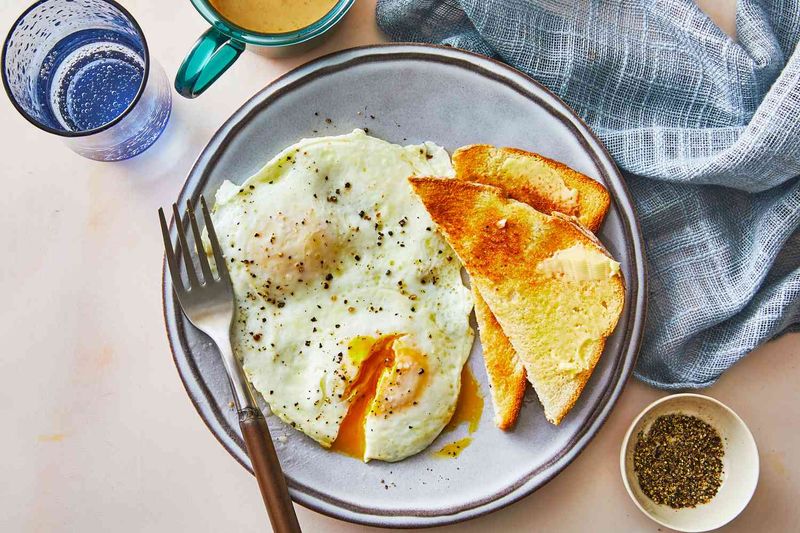
Covering the pan with a lid when cooking over-easy or steamed eggs helps steam the tops, eliminating the need for flipping. This technique ensures the yolks remain intact and the whites are fully cooked. The gentle steam provides even cooking, preserving the eggs’ texture and appearance. It’s a simple yet effective method for achieving perfectly runny yolks without the risk of breakage. Whether you prefer jiggly or firm yolks, this approach offers precision and ease. Savor the elegance of perfectly cooked eggs with this technique.
20. Use Acid to Brighten Egg Salad
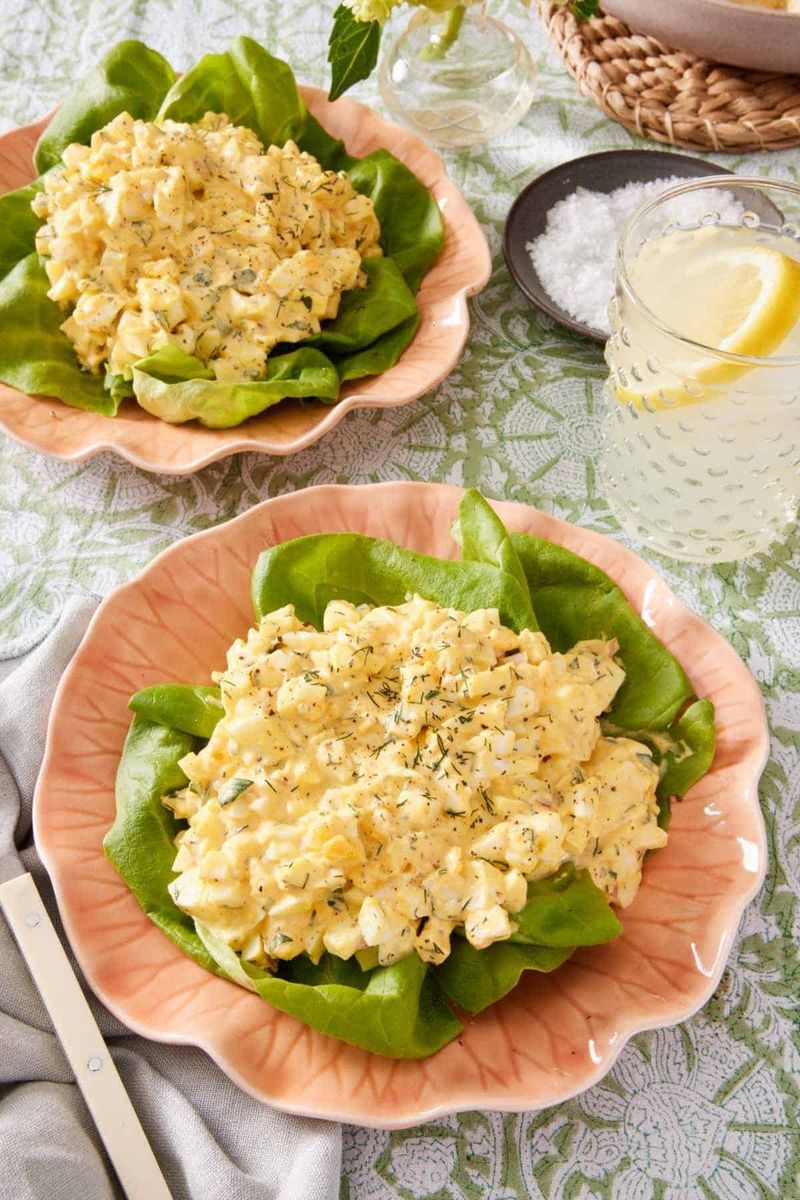
A touch of acid, such as lemon juice or vinegar, can transform your egg salad from ordinary to extraordinary. The acid cuts through the richness of the mayonnaise, adding a refreshing brightness to the dish. It balances the flavors, enhancing the eggs’ natural taste while preventing the salad from becoming too heavy. This simple addition brings out the best in your ingredients, creating a delightful harmony of flavors. Whether for sandwiches or as a side, enjoy a vibrant and flavorful egg salad with a splash of acid.
21. Whip Egg Whites in a Clean, Dry Bowl
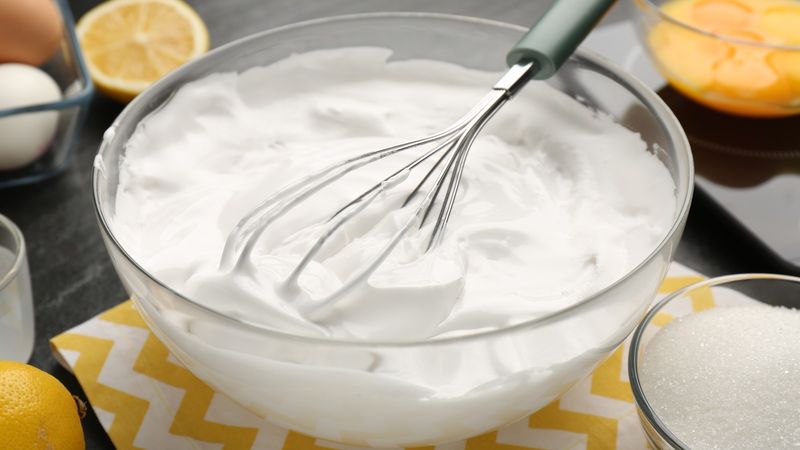
Achieving stiff peaks with egg whites requires a clean, dry bowl. Even a trace of fat or moisture can prevent the whites from whipping properly. This step is crucial for recipes like meringues or soufflés, where volume and texture are key. Ensure your bowl and whisk are spotless for optimal results. The effort results in beautifully aerated whites, ready for creating light and airy desserts. Discover the satisfaction of perfectly whipped egg whites, setting the stage for culinary success with this essential technique.
22. Let Omelets Set Before Folding
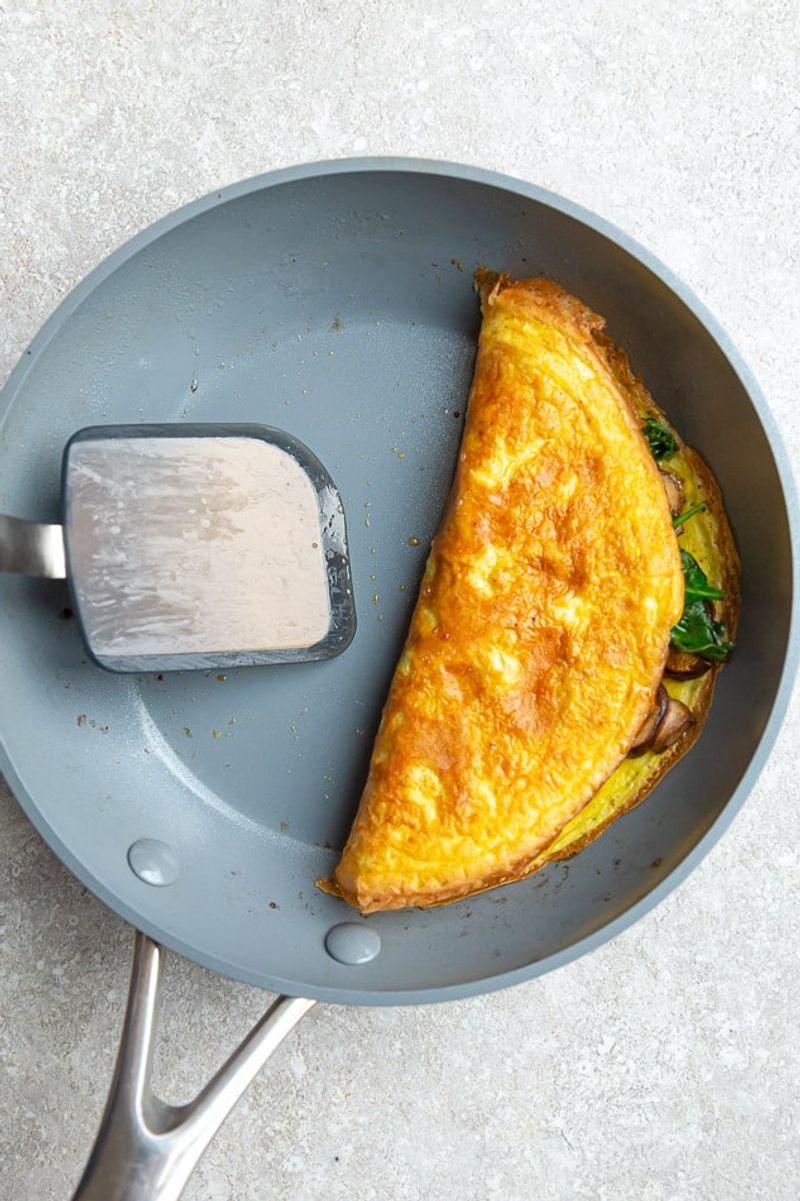
For a flawless omelet, patience is key. Allowing the omelet to set before folding ensures it holds its shape and encloses fillings without breaking. This technique creates a tender, cohesive dish with balanced flavors. The set omelet is easier to manage and results in a more attractive presentation. Whether filled with cheese, vegetables, or meats, the waiting time is critical for success. Enjoy the artistry of a perfectly folded omelet, showcasing both skill and flavor. Elevate your omelet-making with this thoughtful approach to cooking.
23. Bake Eggs in Avocados or Bell Peppers
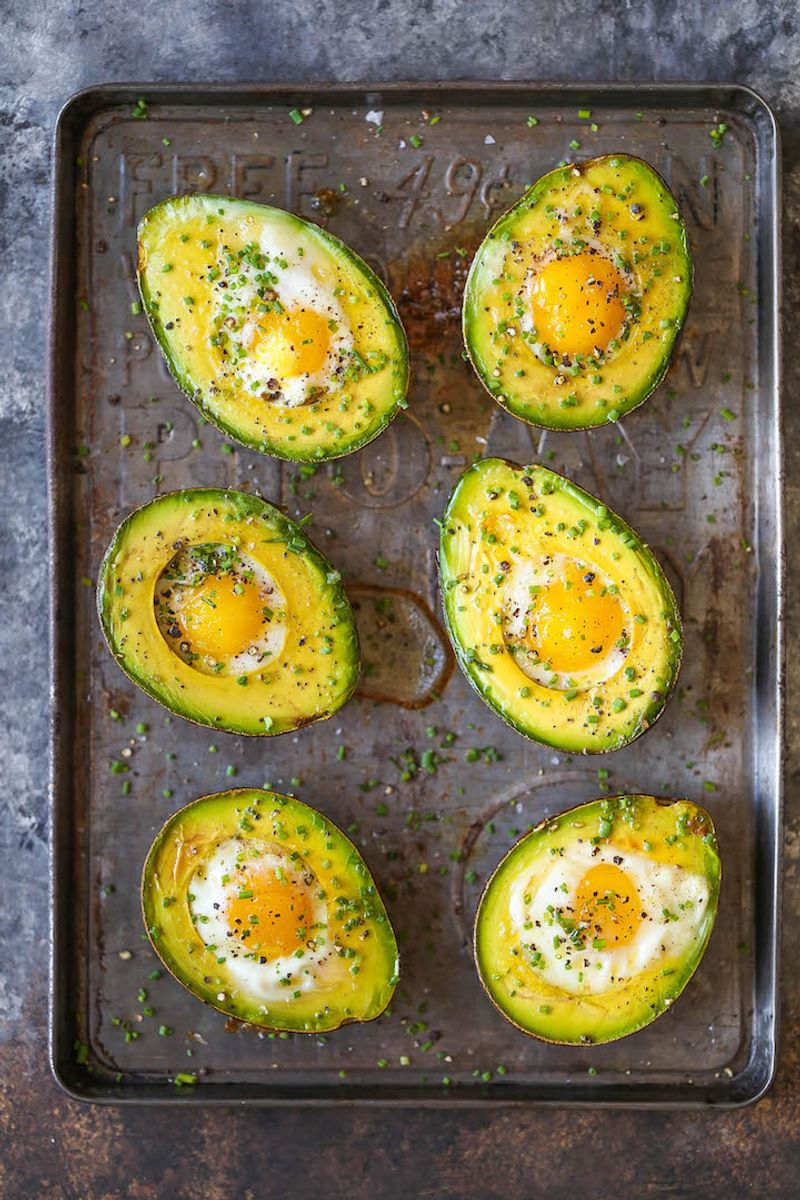
For a creative twist on baked eggs, try using avocados or bell peppers as edible vessels. The creamy texture of the avocado or the crispness of the bell pepper complements the eggs beautifully. This method offers a fun and nutritious presentation, perfect for brunch or a healthy meal. Simply hollow out your chosen vegetable, crack in an egg, and bake until set. The result is a visually stunning dish that’s as delicious as it is nutritious. Experience the innovation of vegetable-baked eggs for a delightful culinary surprise.
24. Add Cheese at the End
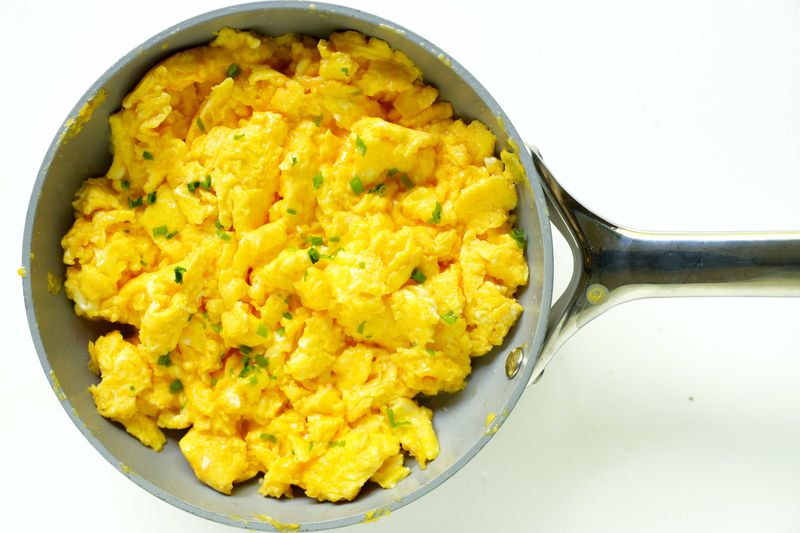
For perfectly melted cheese on your eggs, add it just before serving. Early addition can cause the cheese to separate and make the eggs watery. Waiting until the eggs are hot ensures the cheese melts smoothly, enhancing the flavor without compromising texture. This timing preserves the eggs’ integrity while delivering a satisfying cheesy finish. Experiment with different cheeses for diverse flavor profiles. Enjoy the richness and complexity that cheese adds to eggs by timing its addition with precision. Savor the delicious harmony of eggs and cheese in your dishes.
25. Taste Before Seasoning Fully
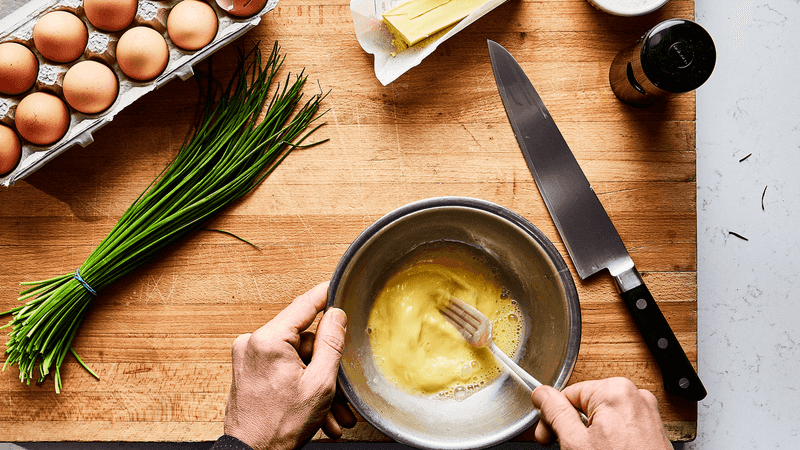
Eggs have a remarkable ability to absorb salt quickly, which can lead to over-seasoning. Tasting before adding more seasoning allows you to adjust flavors precisely. This careful approach preserves the eggs’ natural taste and texture, ensuring a balanced dish. Whether preparing a scramble, omelet, or salad, this technique helps achieve the perfect flavor. The subtle art of tasting and adjusting can elevate your egg dishes, making them more enjoyable and refined. Relish the joy of perfectly seasoned eggs with this mindful culinary practice.
